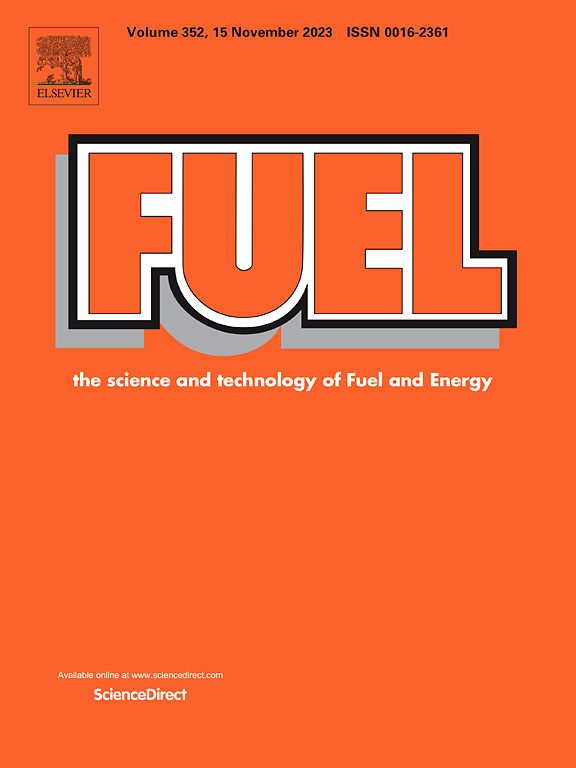A review of resource recovery from waste plastics via pyrolysis and gasification
IF 7.5
1区 工程技术
Q2 ENERGY & FUELS
引用次数: 0
Abstract
The global accumulation of waste plastics leads to environmental problems and waste of resources. Physical and chemical methods are used to treat waste plastics. Among them, pyrolysis and gasification show the advantages of efficient treatment and high resource recovery, which are recognized as promising methods for the production of pyrolysis hydrocarbons and H2. This review summarized the sources and types of waste plastics, and the current situation of pyrolysis and gasification of waste plastics. The mechanisms during the pyrolysis and gasification, influencing factors, product characteristics, reactor types for pyrolysis and gasification were discussed. The application of suitable catalysts should be considered in pyrolysis and gasification. The treatment of waste plastics via pyrolysis and gasification is still a long way from industrial application. Over 90 wt% of the oil or 25 wt% of the H2 can be recovered through pyrolysis and gasification. In addition, H2 production from carbon-based fuel gasification enhanced by CO2 capture from calcium-based materials was reviewed, and a pyrolysis/gasification of waste plastics process for H2 production using the Ni-Fe/CaO-based catalyst was proposed. In the pyrolysis stage, Ni and Fe act as active metals to promote the decomposition of plastic molecules. CaO is used as a dechlorinating agent to reduce HCl production in the pyrolysis of chlorinated plastics. In the gasification stage, the removal of carbon accumulation from pyrolysis in Ni-Fe/CaO-based catalysts is enhanced due to CO2 capture by CaO. Finally, the problems in the pyrolysis/gasification of waste plastics were summarized and the development prospects were outlined.
废塑料热解气化资源化研究进展
废塑料的全球积累导致了环境问题和资源浪费。用物理和化学方法处理废塑料。其中热解和气化具有处理效率高、资源回收率高的优点,被认为是生产热解烃类和H2的有前途的方法。本文综述了废塑料的来源和种类,以及废塑料热解气化的研究现状。讨论了热解气化机理、影响因素、产物特性、热解气化反应器类型等。在热解和气化过程中应考虑使用合适的催化剂。废塑料热解气化处理距离工业应用还有很长的路要走。通过热解和气化可以回收90%以上的油或25%以上的H2。此外,综述了钙基材料捕集二氧化碳促进碳基燃料气化制氢的研究进展,并提出了一种基于Ni-Fe/ cao基催化剂的废塑料热解/气化制氢工艺。在热解阶段,Ni和Fe作为活性金属促进塑料分子的分解。CaO作为脱氯剂用于减少氯化塑料热解过程中HCl的产生。在气化阶段,由于CaO捕获CO2, Ni-Fe/CaO基催化剂对热解过程中积累的碳的去除得到加强。最后,总结了废塑料热解/气化中存在的问题,并对其发展前景进行了展望。
本文章由计算机程序翻译,如有差异,请以英文原文为准。
求助全文
约1分钟内获得全文
求助全文
来源期刊

Fuel
工程技术-工程:化工
CiteScore
12.80
自引率
20.30%
发文量
3506
审稿时长
64 days
期刊介绍:
The exploration of energy sources remains a critical matter of study. For the past nine decades, fuel has consistently held the forefront in primary research efforts within the field of energy science. This area of investigation encompasses a wide range of subjects, with a particular emphasis on emerging concerns like environmental factors and pollution.
 求助内容:
求助内容: 应助结果提醒方式:
应助结果提醒方式:


